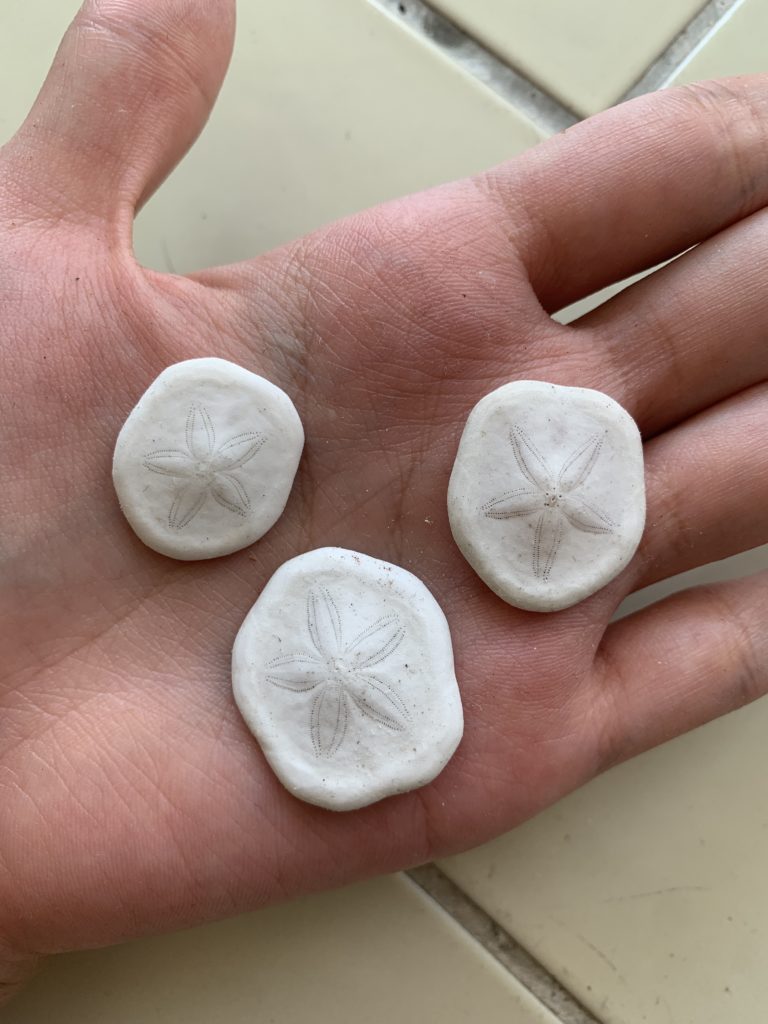This article is Part 2 of a two-part series about the biodiversity of the intertidal zone. If you haven’t read the first part, click here to read it!
In the first installment of our protagonist’s adventure, Harold the hermit crab was scuttling around before a large shadow loomed over him. What was it? Was he in danger? Read on to find out!
The humans.
These humans are tall and huge animals that walk with two legs, often trampling on sea life on the beach and picking up creatures. They have two large structures known as ‘hands’, and I often witness them using these to scoop up creatures and seashells. It really troubles me when they pick up seashells which are my home. In the past, I used to have such freedom to pick whatever seashell I wanted to inhabit, especially since I had to find bigger shells to inhabit every time I grew bigger. Now, it might take me days to find a suitable shell to live in as these humans have scavenged them ravenously!
I stood stationary, hoping not to attract any attention as I watched the humans in action. Remember the sea cucumbers I was just talking about? Yes, the humans were scooping them up and putting them in containers. It was a painful sight to behold and I could only hope they eventually release them because sea cucumbers are vital to our ecosystem. Moreover, the only trajectory of captivity is death.
I scuttered away, as fast as I could in fear of being caught, onto something rough and somewhat flat. For the life of me, the ground below me started to shake and move. I panicked, only to realise I happened to be standing atop a sand dollar. They belong to the same family as sea urchins, and their underside possess a mouth as well as many spines (similar to the sea cucumber) that aid them in movement.
They have a beautiful pattern on them and sometimes when the humans pick them up out of the water and don’t put them back… they kill them… These creatures can only survive out of the water for a brief few minutes before they’ll die.1

(Photo by: Cassandra Yip)
Just beside them, there were some starfishes (or more accurately, sea stars). Sea stars and sand dollars belong to a larger group known as echinoderms. Did you know that these sea stars (and sand dollars) have jaws all over their body?
Yes – you read that right. These jaws are claw-like appendages that help to remove marine larvae and prevent creatures such as barnacles from settling on them!
Sea stars also possess a water vascular system that helps them move! They can force water into their tube feet, causing it to extend in the direction they wish to go. Also, some sea stars have regenerative abilities, where they can repair or regrow a lost arm! One thing worth noting however is that the humans often pick these sea stars and sand dollars up and throw them back face-down, which isn’t very polite because even though they can right themselves up, it is extremely exhausting to do so.
As I continued my pilgrimage to the rock, a huge silhouette overshadowed me. To my horror, a hand of a human swooped down, gripping the ends of the rock I was approaching, and lifted it.
No – please don’t – put it back now!
The human didn’t, instead, it placed the rock aside. It was a disaster. While I might not be exactly affected by it, did you know how many creatures depended on that rock for shelter and a habitat? By lifting the rock and not placing it back in its original position, it essentially created a micro ‘climate change’ (is that what the humans call it?) under the rock, as the cool, damp, shaded environment was now exposed to the scorching sun, becoming hot and dry.
I saw the creatures underneath scrambling for shelter and panicking – a sad sight to see. There was a thunder crab and a swimming crab, a little flatworm, some snapper shrimps, and even a small goby! I felt for them, but I was helpless.
Peering up, I noticed another human approaching the human that lifted the rock. They seemed to be making some gestures and conveying some kind of message. After witnessing their play of confusing actions, the human slowly and carefully placed the rock back in its original position, being careful not to hurt any creature. I heaved a sigh of relief and my heart swelled with thankfulness.
As I watched the scene settle down, I felt the warm waters caressing my claws. I hurried on to scavenge whatever food I could find.
Before I knew it, the waters had me submerged in its embrace and the tide continued to roll in, wave after wave.



